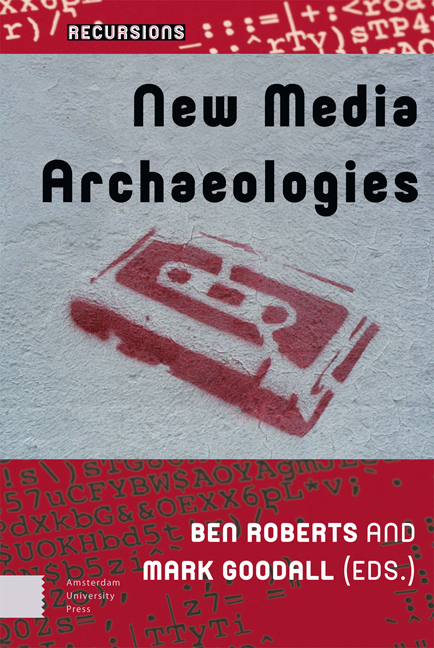6 - Collector, Hoarder, Media Archaeologist: Walter Benjamin with Vivian Maier
Published online by Cambridge University Press: 21 November 2020
Summary
Abstract
In this chapter, I will take up the question of media archaeology as a mode of collecting, and the collection as a media archaeological object. I will ask whether media archaeology, in its materialist attitude, emancipates the object, as Ernst and Benjamin suggest, or whether it verges towards a mere connoisseurship in its fetishisation of outmoded processes and technologies. I will do this by examining the case of the recently rediscovered Chicago street photographer, Vivian Maier. I will interrogate the media archaelogical habits of Maier (a hoarder of newspapers as well as film, and many other objects), as well as those of the guardian of the largest part of her archive, John Maloof, whose own media archaeological passions are much in evidence in his film Finding Vivian Maier (2013).
Keywords: Collecting, Walter Benjamin, Vivian Maier, Hoarders
‘I never counted actually. I don't have a full catalogue, but it's a few, some thousands of items. I think the sad part would be, you know, one day to have to sell it all in an auction because that would mean that all these pieces would travel in different ways and you would lose track of many of them. If you let these things pass by, there's a risk that they disappear from the history, if they are unique documents and things that tell this part of the story. So that's why I’ve been trying my best to […] store these things and store them properly.’ Erkki Huhtamo, 2013
‘the person who collects is taking up the struggle against dispersion’
Walter Benjamin, The Arcades Project, 1999, p.211
A Media Archaeologist in his Collection
Even before he properly starts Illusions in Motion: Media Archaeology of the Moving Panorama and Related Spectacles, Erkki Huhtamo gives the reader of his exemplary media-archaeological text some vital clues about the materials and modes of its composition. His acknowledgements pages contain the usual recognition of public archives and collections, but prior to that he gives thanks to numerous private collectors of visual-mechanical artefacts whose ‘treasure troves’, he says, ‘I have excavated’. (Huhtamo, 2012, p.xiii) The metaphor stands out, but it is the matter that raises the bigger question about the identity of media archaeology as a practice.
- Type
- Chapter
- Information
- New Media Archaeologies , pp. 135 - 154Publisher: Amsterdam University PressPrint publication year: 2019



